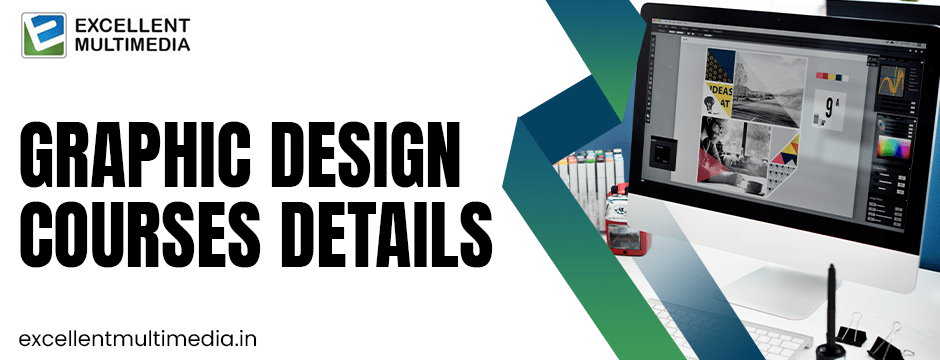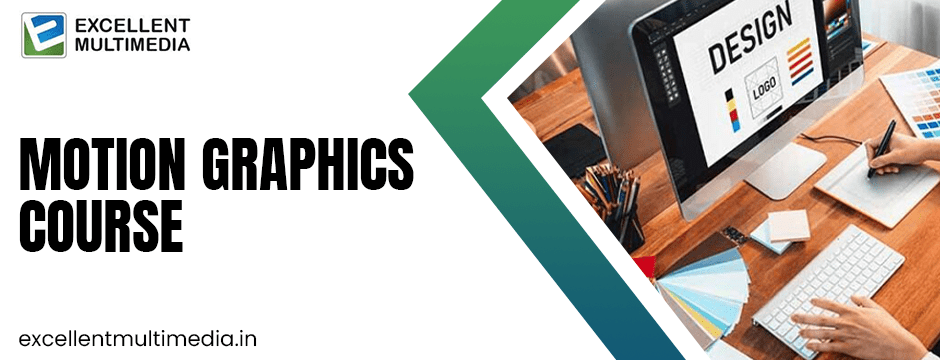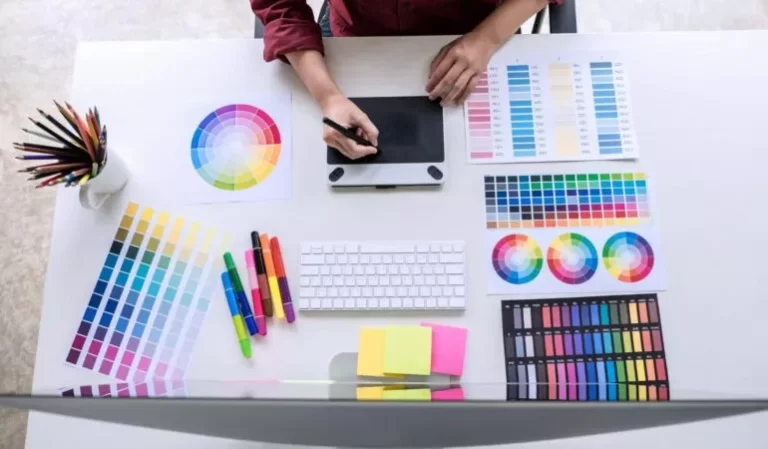Within the rapid-fire, digital world today, creativity is more than a natural gift—it is a skill you can practice, improve, and turn into a rewarding career. One of the most practical options to jumpstart this path is to take a formal course in graphic design. Graphic design is no longer just posters or logos but encompasses an expanding umbrella of branding, UX (user experience), motion graphics, web design, digital storytelling, etc. Today, nearly all businesses are dependent on visual communication to speak to their audience, which has resulted in the demand for skilled graphic designers being at an all-time high.
Understanding how the Graphic Design Courses Details will help budding creatives make the best decisions about their futures. In a high-quality graphic design course, students will be just as likely to learn about design software for use in school and as professionals as they will about visual communication principles, project development, and building a portfolio ready for the workforce. Overall, a solid educational program supports students as creatives in this fast-paced field. This blog explores how the details of graphic design courses can shape your creative journey.

Building a Foundation in Design Principles
Graphic design courses are thoughtfully organised to familiarise you with conventional design principles. Balance, contrast, alignment, hierarchy, colour theory, typography, and composition are all examples of principles that are settled in the design profession. While plenty of people have innate creativity, how do we bring in those principles to make sure our designs are not only aesthetically pleasing but effective at conveying a message?
Many courses offer practical, hands-on projects led by industry professionals so you can see how to use principles in elemental ways to help you grow in confidence to learn and take on the subsequent level of professional work challenges. If you learned about something like the psychology of colour, the meaning in design, how we understand typography as a visual language, etc., the outcome for your work can be on another level of depth and impact.
Mastery of Design Platforms
A large part of being a successful graphic designer is achieving technical expertise in contemporary software that is used in the profession as part of the design process. These Graphic Design Courses Details offer instruction with commonly used design software like Adobe Suite (Photoshop, Illustrator, InDesign), CorelDRAW, and more advanced design platforms for motion graphics like Adobe After Effects. The benefit of taking a course versus teaching yourself makes the latter less beneficial and separates those who are truly industry-ready from those who are self-taught.
Many programs also introduce students to upcoming or new technologies, including but not limited to 3D design, animation, or an introduction to AR/VR interface development. Technology interconnected to the design process is rapidly changing. Learning established and emerging platforms while taking a course is impossible at any pace.
Fostering Creative Development
Graphic design courses aren’t limited to learning a software program; they foster creativity. Students are challenged to think creatively, try additional design styles, and experience new processes. Assignments will often challenge students to solve real-world problems using visual storytelling, which helps them gain an understanding of the balance between creativity and functionality.
When creativity is encouraged and mentored responsibly, it tends to flourish. A structured body of learning provides such support and is often how creativity develops. Once students are exposed to various projects—that is, posters, websites, packages, motion graphics—the path to a hobby, a career, or a freelance opportunity becomes fulfilled as students carve out their own niche or creative voice.
Creating a Professional Portfolio
One of the most important outcomes of a motion graphics course is leaving with a professional portfolio. A portfolio is the way in which future creativity will be measured, e.g. how someone authors content, postures their design decision, and the variety of ideas, will be assessed/impressed.
From the start to the finish of the course, students work on assigned coursework that simulates a client project. From branding to social to a poster, or whatever the focus of the course, projects assigned within the context of a course build portfolio-worthy content that students can take to impress employers or freelance clients. A well-structured plan for building a portfolio ensures that the students’ work is presented at a high quality and in a diverse manner.

Exposure to Real-World Industry Practices
Graphic design courses often feature internships, live projects, or collaboration projects with companies. This exposure will help you connect theory and practice, as you prepare for true challenges in the creative industry.
You will learn how to work with clients, meet deadlines, receive and implement feedback, and keep up with the dynamic nature of trends. Not only will you be more confident, but you will also learn the soft skills necessary for your success. These include communication, teamwork, and flexibility.
End Notes
Graphic Design Courses Details are more than just classes—they are gateways to endless creative opportunities. By focusing on design principles, mastering essential tools, encouraging creativity, building professional portfolios, and exposing students to real-world practices, these courses prepare individuals for thriving careers in design. They also instil the ability to adapt to changing industry trends and transform creative passions into professional success.For those based in Pune looking to take their first step, check out Excellent Multimedia and its Motion Graphics Course. With expert mentors, hands-on training, and a curriculum designed to meet industry standards, our program is the perfect launchpad for your creative career.



